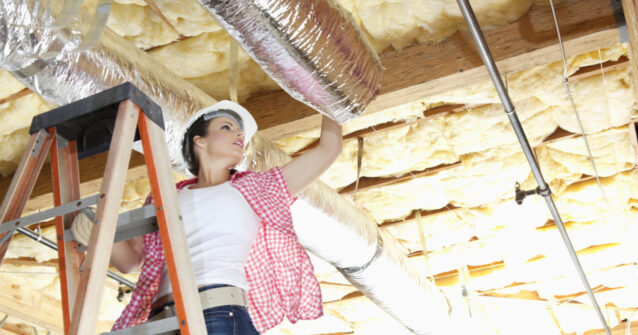Construction spending rebounded in February, led by a pickup in homebuilding, after a decline in the previous month. The data suggests the residential sector continues to drive construction activity despite elevated borrowing costs and lingering affordability challenges.
The Commerce Department said Tuesday that total construction outlays rose 0.7 percent in February to a seasonally adjusted annual rate of $2.20 trillion. That followed a 0.5 percent decline in January, revised from the prior estimate of a 0.2 percent decline.
Spending on private residential construction rose 1.3 percent, with single-family homebuilding up 1.0 percent to an annual rate of $440.2 billion. Multifamily construction was flat, and remains down more than 11 percent from a year ago, reflecting ongoing weakness in apartment development.
The increase in single-family activity comes as builders respond to persistent demand and limited supply of existing homes. While high mortgage rates continue to weigh on affordability, homebuilders have benefited from steady demand and a moderation or decline in input costs. In February, materials for construction fell 0.1 percent compared with January and were up just 1.6 percent compared with a year ago, according to the Labor Department’s producer price index.
Private nonresidential construction rose 0.4 percent, while public construction ticked up 0.2 percent. Highway and street projects posted a 1.2 percent gain, but spending on public office buildings and transportation infrastructure declined.
Overall, private construction rose 0.9 percent, compared with a modest 0.2 percent rise in public outlays, underscoring the large role of the private sector in driving growth.
Construction spending is not adjusted for inflation, but the rebound in February points to real momentum in residential building—a critical component of the broader economy as housing demand continues to outpace supply.
Read the full article here
